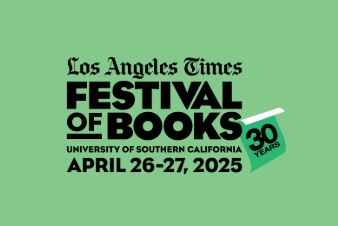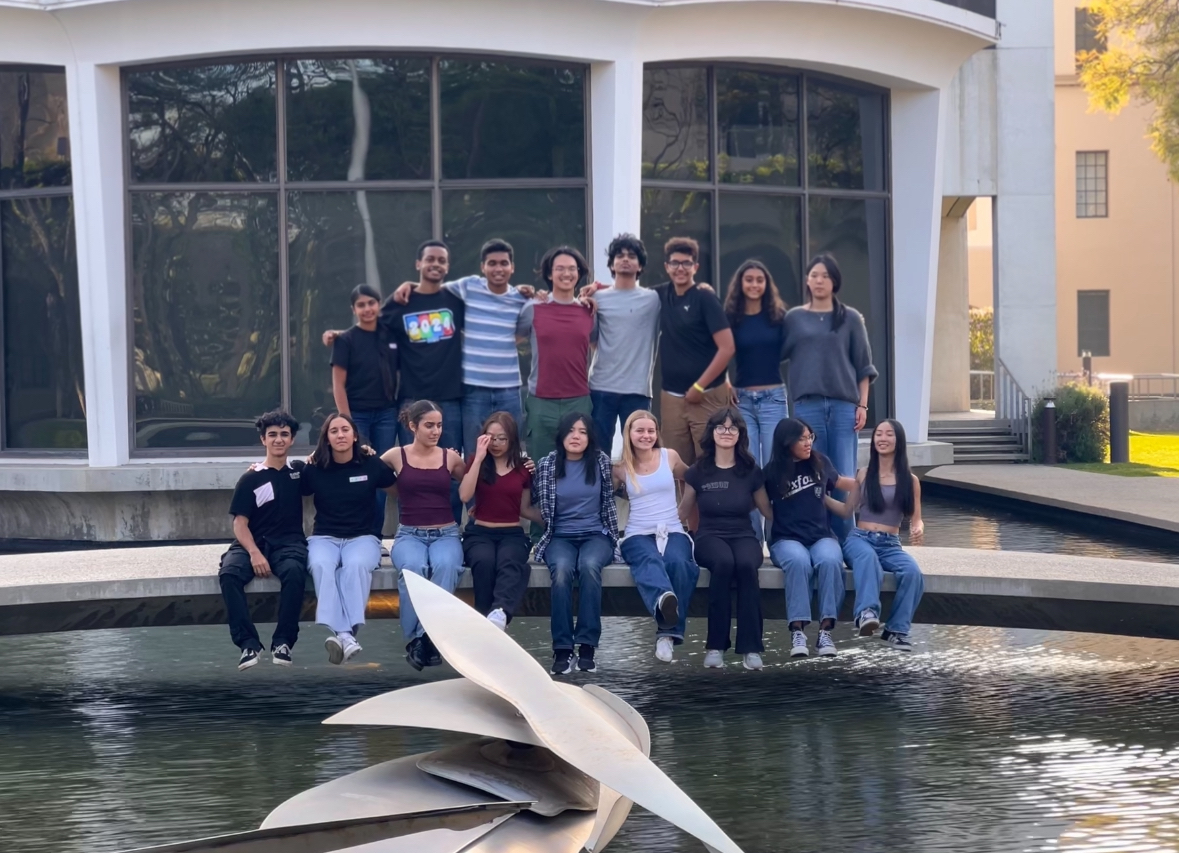St. Patrick’s Day is a cultural and religious holiday that honors the patron saint of Ireland, St. Patrick. He himself was not Irish, but born in Roman Britain in the late 4th century. At the age of 16, he was captured by Irish raiders and taken as a slave to Ireland. During his captivity, he found his faith in Christianity and eventually escaped back to Britain, but later returned to Ireland to spread his message of faith throughout the land. Legend has it that St. Patrick used the three-leaf shamrock to explain the concept of the Holy Trinity (Father, Son, Holy Spirit) to the Irish people, thus making the green shamrock a symbol of the holiday.
The holiday has evolved over the centuries. The day was originally celebrated as a feast day in the Catholic Church, honoring the death of St. Patrick. But as the holiday reached the States, it became widely celebrated in many different variations. From modern traditions of green-dyed rivers to Irish music festivals, the holiday is a vibrant celebration of Irish culture and heritage.
While this holiday has been perceived as a beacon of merriment in March, the question of if St. Patrick’s Day should even be a major holiday has sparked debate and the students of San Dimas have something to say about it.
“I don’t like it, it’s kinda creepy. I don’t mess with leprechauns and I hate the color green. I wish it was real gold they gave out instead of those crappy chocolate coins“ says Senior Estela Alverado, who has a strong bias against St. Patty’s.
When asked if Saint Patrick’s Day should be considered a large holiday, 51% of a portion of the school said it should remain as a recognized holiday, while 49% thought it should be taken off the board of celebrations. Through parades, music, dance, and green attire, individuals globally pay homage to the traditions and customs that have shaped Ireland’s identity. The celebration fosters a sense of unity and pride among Irish descendants and enthusiasts alike, which only creates stronger bonds within communities and spreads cultural awareness and understanding.
St. Patrick’s Day provides an opportunity for reflection and appreciation of Ireland’s contributions to the world. Beyond the free drinking holiday, Ireland has a vast and interesting history of literature, music, art, and science that most people overlook due to the popularity of St. Patrick’s Day stigmas. By embracing the festivities of this day, individuals not only honor the legacy of St. Patrick but also celebrate the enduring spirit of Ireland.















